Basil, with its aromatic leaves and distinctive flavor, is a favorite herb for home gardeners and culinary enthusiasts alike. Whether you’re growing it in a garden bed, a container on your balcony, or a sunny windowsill, basil is a versatile and rewarding plant to cultivate. Here’s a comprehensive guide on how to care for your basil herb to ensure it thrives and provides you with fresh leaves all season long.
1. Choosing the Right Variety
Basil comes in several varieties, each with its unique flavor and growing requirements. Some popular types include:
Sweet Basil: The classic variety commonly used in Italian cuisine.
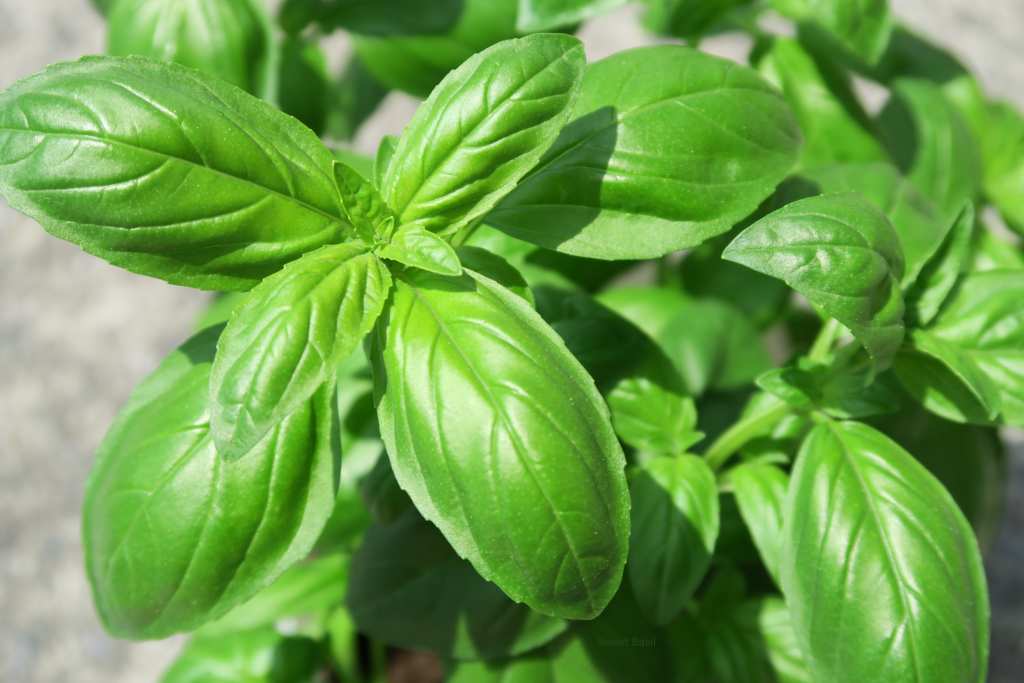
Thai Basil: Has a slightly spicy, licorice-like flavor, perfect for Asian dishes.
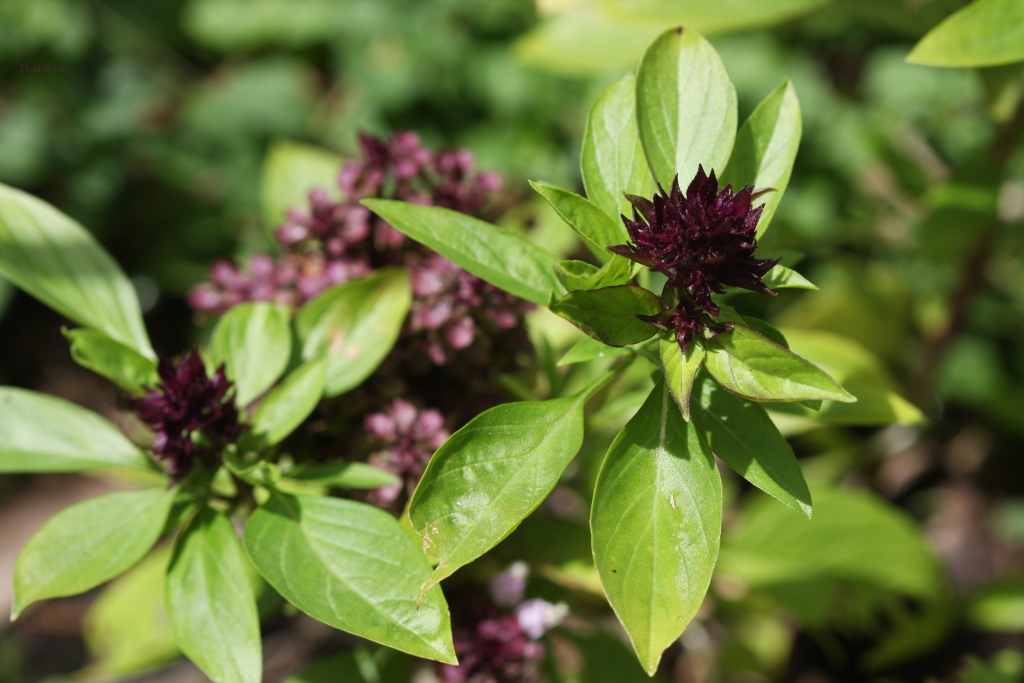
Purple Basil: Known for its striking purple leaves and slightly peppery taste.
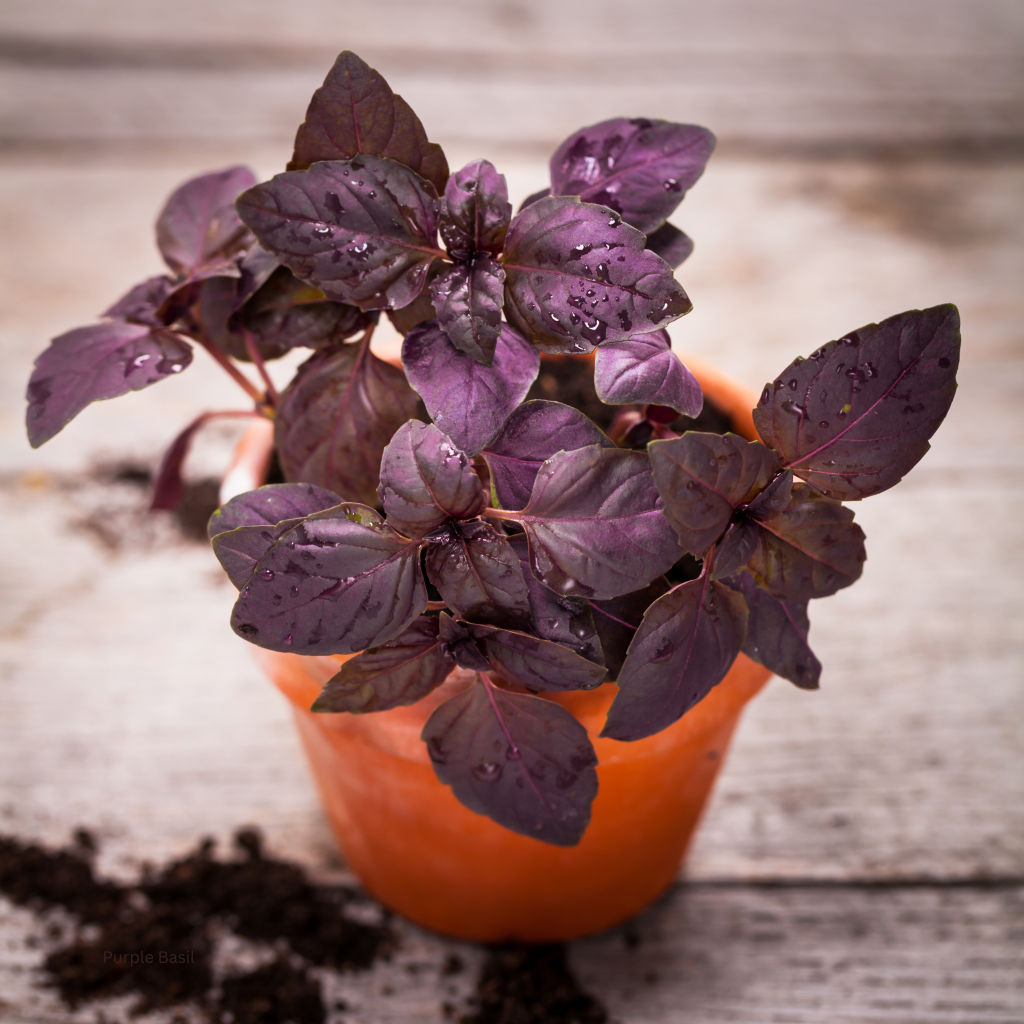
Lemon Basil: Offers a citrusy flavor, ideal for teas and desserts.
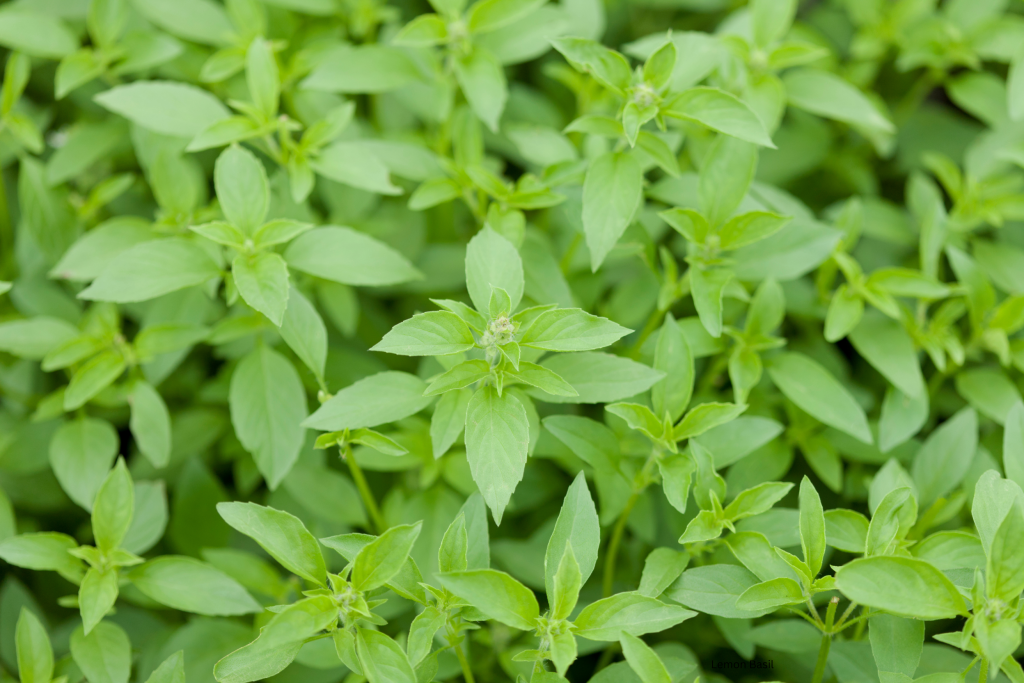
Choose the variety that best suits your culinary needs and aesthetic preferences.
2. Planting Basil
a. From Seeds
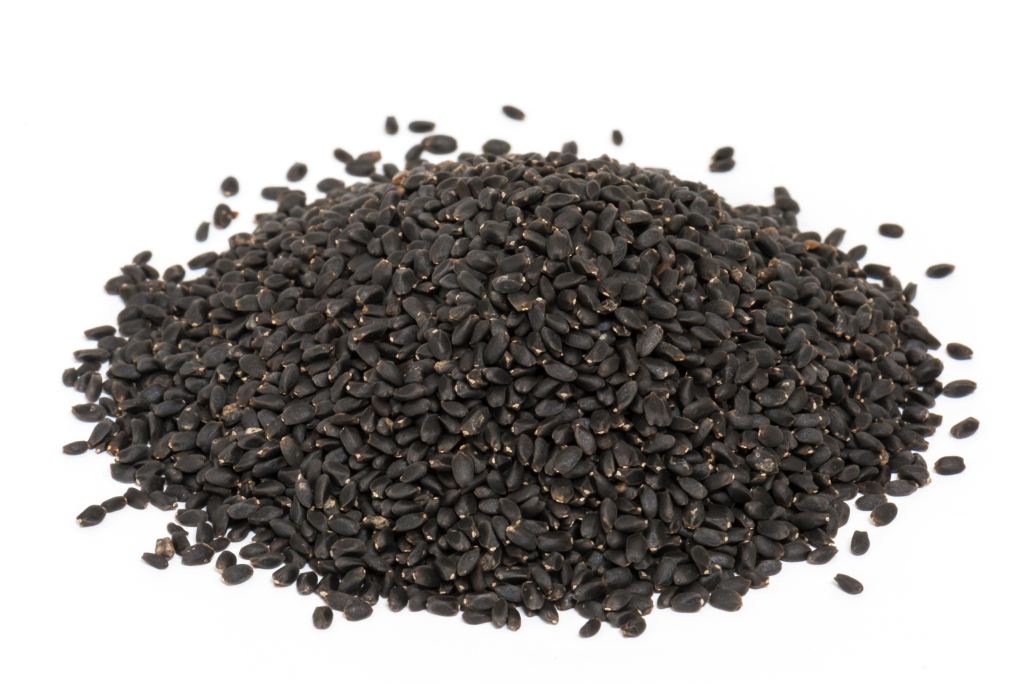
- Start Indoors: Begin seeds indoors 6-8 weeks before the last frost date.
- Seed Depth: Plant seeds about 1/4 inch deep in seed-starting mix.
- Light: Provide plenty of light, ideally from a south-facing window or under grow lights.
- Temperature: Keep the soil temperature between 70-75°F for optimal germination.
b. From Transplants
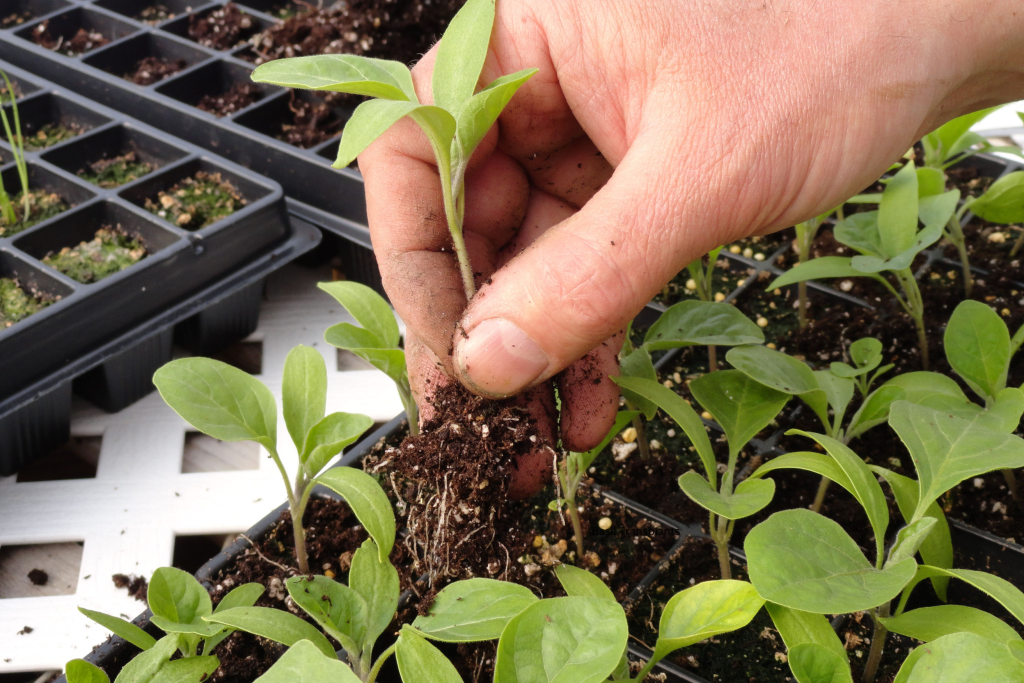
- When to Plant: Transplant seedlings or purchased plants outdoors after the last frost when the soil is warm.
- Spacing: Space plants 12-18 inches apart to allow for proper air circulation and growth.
3. Soil and Potting
Basil prefers well-drained, nutrient-rich soil with a pH between 6.0 and 7.5. If growing in containers, use a high-quality potting mix and ensure the pot has good drainage to prevent waterlogging.
4. Light Requirements
Basil thrives in full sun, needing at least 6-8 hours of direct sunlight each day. If growing indoors, place your basil near a south-facing window or supplement with fluorescent grow lights if natural light is insufficient.
5. Watering
Keep the soil consistently moist but not waterlogged. Water your basil deeply, allowing the soil to dry slightly between waterings. Be careful not to splash water on the leaves to avoid fungal diseases.
6. Fertilizing
Basil is a heavy feeder and benefits from regular fertilization. Use a balanced, all-purpose fertilizer every 4-6 weeks during the growing season. Alternatively, you can use a liquid fertilizer diluted to half strength every two weeks.
7. Pruning and Harvesting
Pruning
Regular pruning encourages bushy growth and prevents your basil from becoming leggy.
- First Pruning: When your basil plant has 6-8 leaves, pinch off the top set of leaves to promote branching.
- Ongoing Pruning: Continuously pinch off the top leaves and any flower buds that appear to keep the plant focused on leaf production.
Harvesting
Harvest basil leaves as needed, starting with the largest leaves and working your way down. Harvesting regularly will encourage more growth and a bountiful supply of fresh leaves.
8. Pests and Diseases
Common Pests
- Aphids: Small, sap-sucking insects that can be controlled with insecticidal soap or neem oil.
- Spider Mites: Tiny pests that cause speckled leaves; control with regular misting and insecticidal soap.
Common Diseases
- Fusarium Wilt: A soil-borne fungus causing wilting and yellowing; prevent by using disease-free soil and rotating crops.
- Downy Mildew: Appears as yellow spots on leaves with a fuzzy underside; control by ensuring good air circulation and avoiding overhead watering.
9. Overwintering Basil
Basil is a tender annual that does not tolerate frost. Before the first frost, you can bring potted basil plants indoors to continue growing on a sunny windowsill. Alternatively, take cuttings to root in water and transplant them into pots for indoor growth during winter.
Conclusion
Caring for basil is relatively straightforward, and with the right attention, it will reward you with an abundance of aromatic leaves. By providing the appropriate soil, light, water, and nutrients, and by pruning and harvesting regularly, you can enjoy fresh basil all year round. Whether you’re using it in your favorite recipes or simply enjoying its fragrance, basil is a delightful addition to any home garden.



